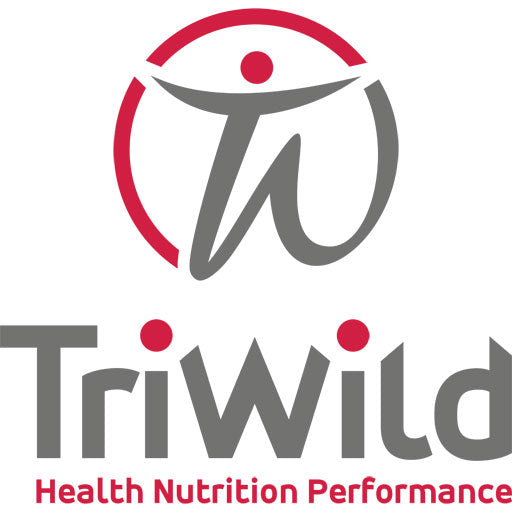Optimize performance with the welding test
What happens when you sweat?
The human body has between 1.5 and 5 million sweat glands, which play an important role in cooling the body. When core body temperature rises, for example, during exercise or in hot summer temperatures, the hypothalamus activates a response that leads to sweating. This dissipates excess heat and cools the body. When sweating, the body not only loses fluid, but also valuable electrolytes, especially sodium.
Sodium and sweating: Why it matters
Sodium is the most important electrolyte in our body's extracellular fluids, such as blood plasma. Sodium helps regulate fluid volume and is therefore crucial for optimal athletic performance. Sweating excretes not only water but also sodium. However, the amount of sodium lost varies from person to person, usually between 200 mg and 2,500 mg per liter of sweat.
This wide range shows that general recommendations for sodium intake are often insufficient to meet individual needs. A one-size-fits-all strategy for electrolyte intake may therefore be suboptimal, as each body reacts differently to sweat loss.
Determine sodium requirements
Instead of relying on general guidelines for fluid and sodium intake, a sweat test allows you to determine your individual sodium concentration in sweat. This allows you to tailor your nutrition specifically to your personal sodium needs, rather than relying on blanket estimates. This allows you to optimize your hydration and electrolyte intake, leading to better performance and a reduced susceptibility to electrolyte imbalances.
The sweat test offers the advantage that you no longer have to plan “roughly”, but can tailor your strategy to your individual needs – especially important for intensive and long training sessions.
Conclusion
Sweating is an important mechanism for cooling the body, but it's also a process through which the body loses important electrolytes like sodium. With a personalized sweat test, you can determine your sodium losses and adjust your hydration and nutrition accordingly. This allows you to optimize your athletic performance and minimize the risk of electrolyte imbalances such as hyponatremia or susceptibility to cramps.
